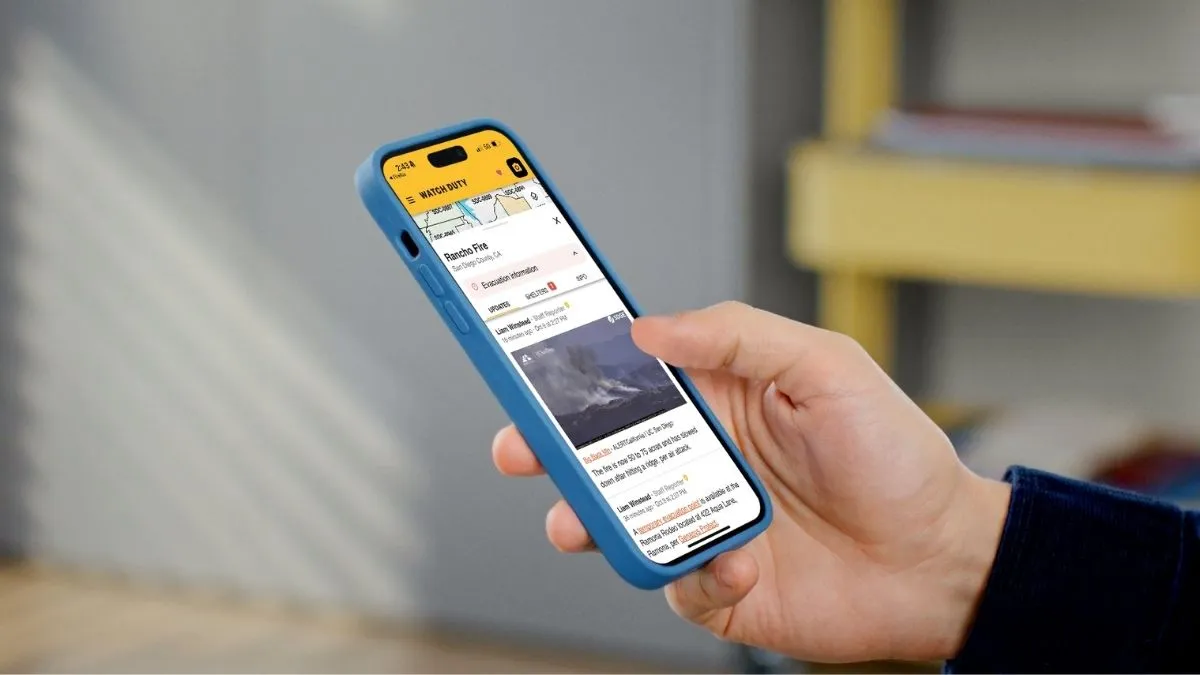When disaster strikes, technology can be a powerful tool to find information, communicate with others, and stay safe. However, as with most things, the trick to effective technology use in a disaster is finding and using the right tools.
Apps like Watch Duty or official emergency alert systems alone can’t stop a wildfire or an earthquake – even official systems are far from perfect. However, as long as technology keeps advancing, and as long as we learn from past mistakes, these types of tools can help us move faster, stay safer, and look out for one another more efficiently.
Here’s what you should know about technology in a disaster or post-disaster environment.
The Role of Technology in Disaster Response
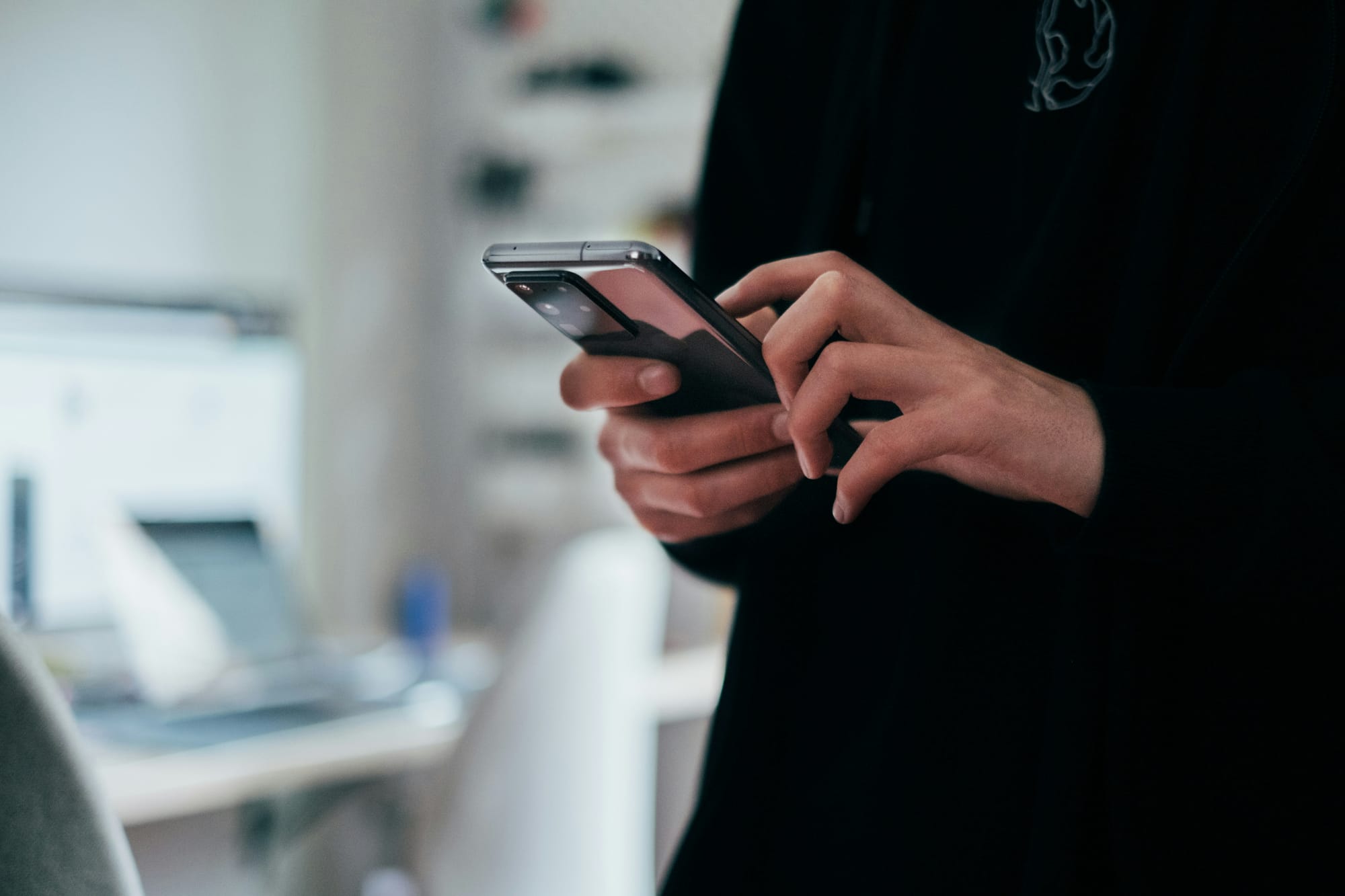
In a disaster, seconds count. Getting up-to-date, real-time information can help you figure out where evacuation sites or shelters are, find the safest route to navigate, and, in the case of earthquakes, even get a precious few seconds to prepare.
There are obvious benefits to technology in an emergency, such as the ability to quickly get a hold of your loved ones via text or phone call. Although not a substitute for official, well-vetted information from first responders or other emergency response agencies, social media can help you get a bird’s-eye view of how your community is faring.
Then there are official disaster apps, such as Watch Duty or California’s early-warning earthquake alert device. In the case of an app like Watch Duty, getting notifications when a fire starts near your area can buy you time to prepare, find nearby evacuation centers, and leave for safety ahead of time.
Even during earthquakes, which are normally difficult or impossible to predict, an app like MyShake can alert you a few seconds before the temblor actually starts shaking. That’s not a lot of time, but it can be enough to drop, cover, and hold on.
5 Apps to Download (And Why)
Not all apps or tools will be useful during an emergency, but for people living in Southern California, there are definitely a few key ones to download ahead of time.
Watch Duty
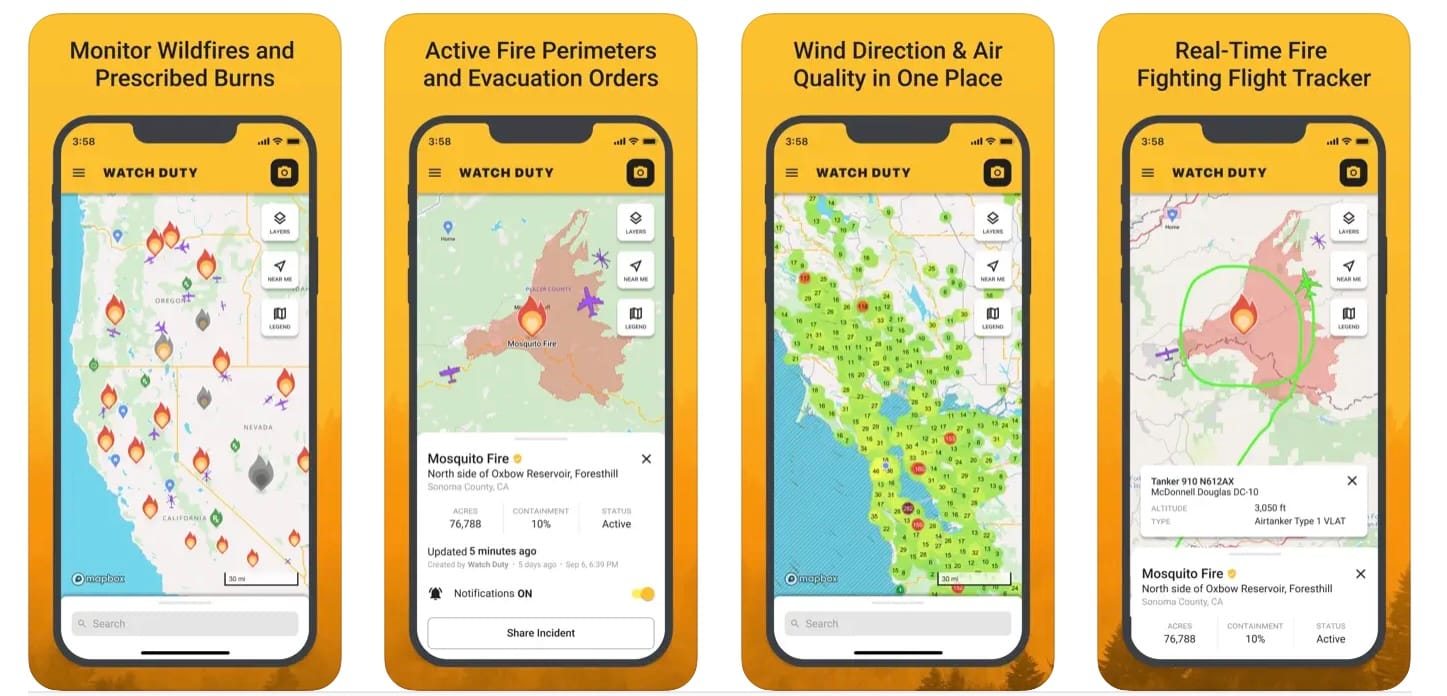
If you want the quickest way to get up-to-date information about fires in your area, Watch Duty is a good place to start. This completely volunteer-run app provides real-time wildfire alerts, interactive maps, and detailed updates about nearby fires — including their containment, rate of spread, and what firefighting resources are being allocated. Watch Duty centralizes information from agencies like CalFire, and has full-time staff reporters who monitor fires for changes and send notifications when necessary.
Get it for iOS here and for Android here.
FEMA
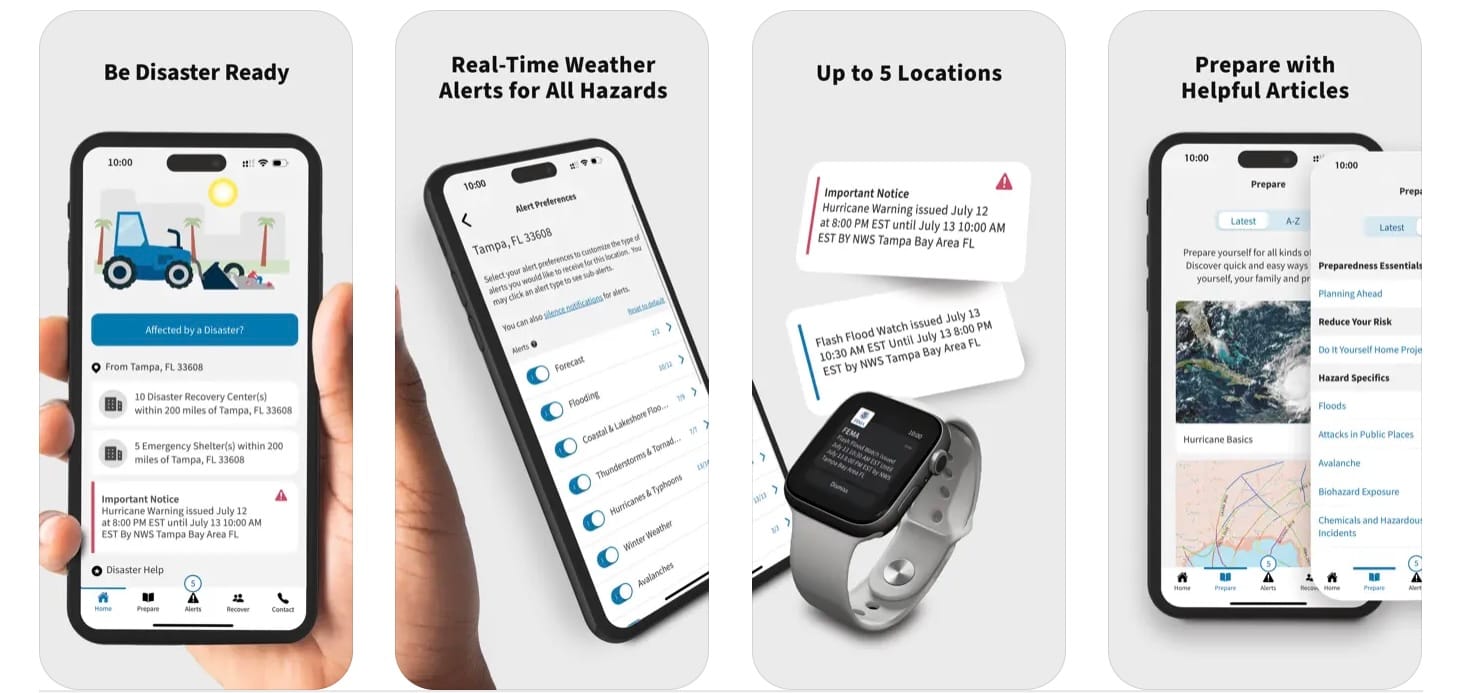
The Federal Emergency Management Agency is the U.S. government department responsible for keeping the public safe from manmade or natural disasters. To that end, the FEMA app can help provide verified and official updates for natural disasters in your area — including earthquakes, wildfires, and floods. You can customize your notifications by ZIP code and even get tips for building emergency kits, creating evacuation plans, and finding shelters nearby.
Get it for iOS here and for Android here.
MyShake
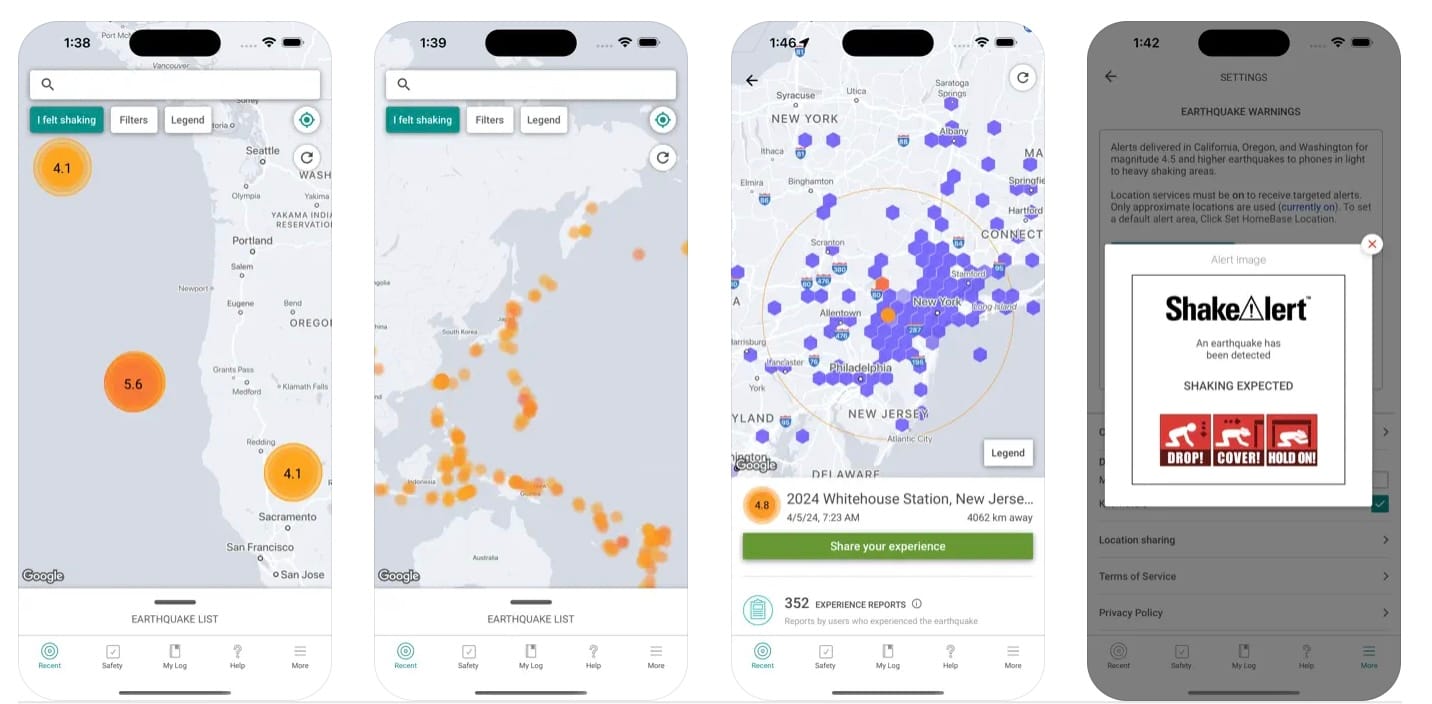
Developed by the UC Berkeley Seismology Lab, the MyShake is an innovative tool that turns your phone into an early earthquake warning. It uses the USGS ShakeAlert system to send audio or visual notifications a few seconds before an earthquake strikes. Additionally, you can also help others by opting into a global seismic network that uses a smartphone’s built-in sensors to detect seismic activity.
Get it for iOS here and for Android here.
Red Cross Emergency
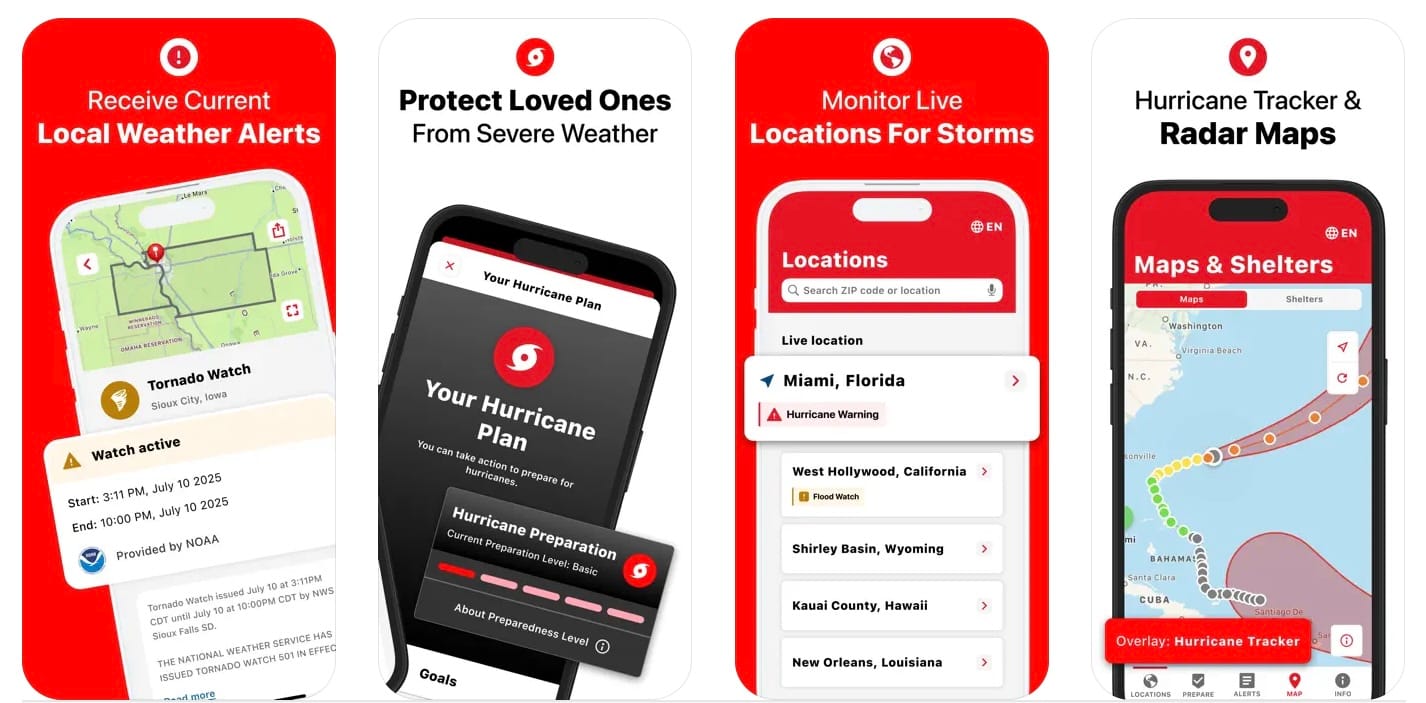
The Red Cross Emergency app is an all-in-one safety tool that fits in the palm of your hand. It provides clear steps, instructional guides, and other resources that can help you before, during, and after various emergency situations. If set up on your family member’s phones ahead of time, you can also use the app to find your loved ones during disasters. It’s available in both English and Spanish.
Get it for iOS here and for Android here.
NotifyLA
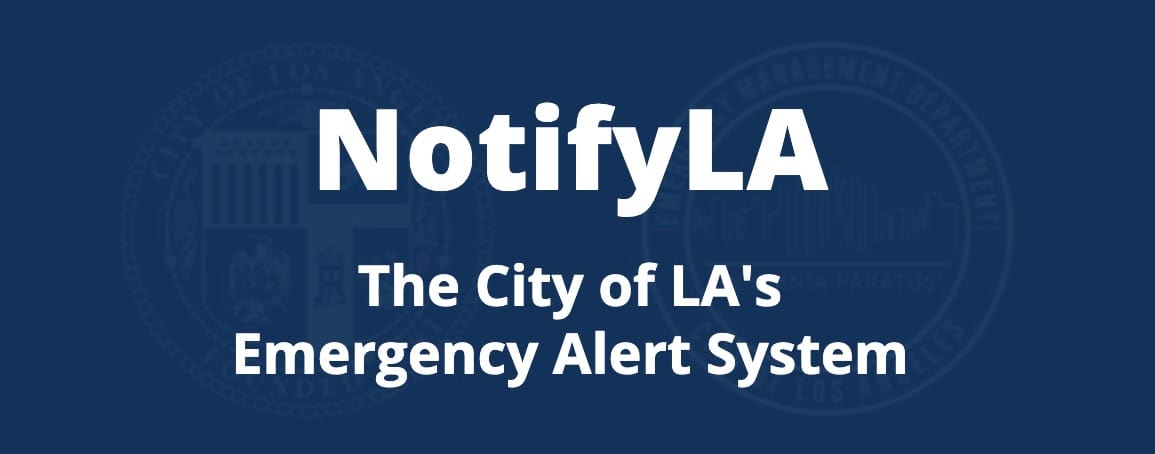
If you live in Los Angeles, NotifyLA is the direct link to your local emergency alert system and emergency response resources. It’s run by the City of Los Angeles Emergency Management Department, and sends texts, calls, and emails about local hazards and public safety updates. There are other apps for cities like San Diego, but they’re a useful way to get localized information.
You can sign up for NotifyLA here.
How to Use Tech to Stay Informed & Empowered
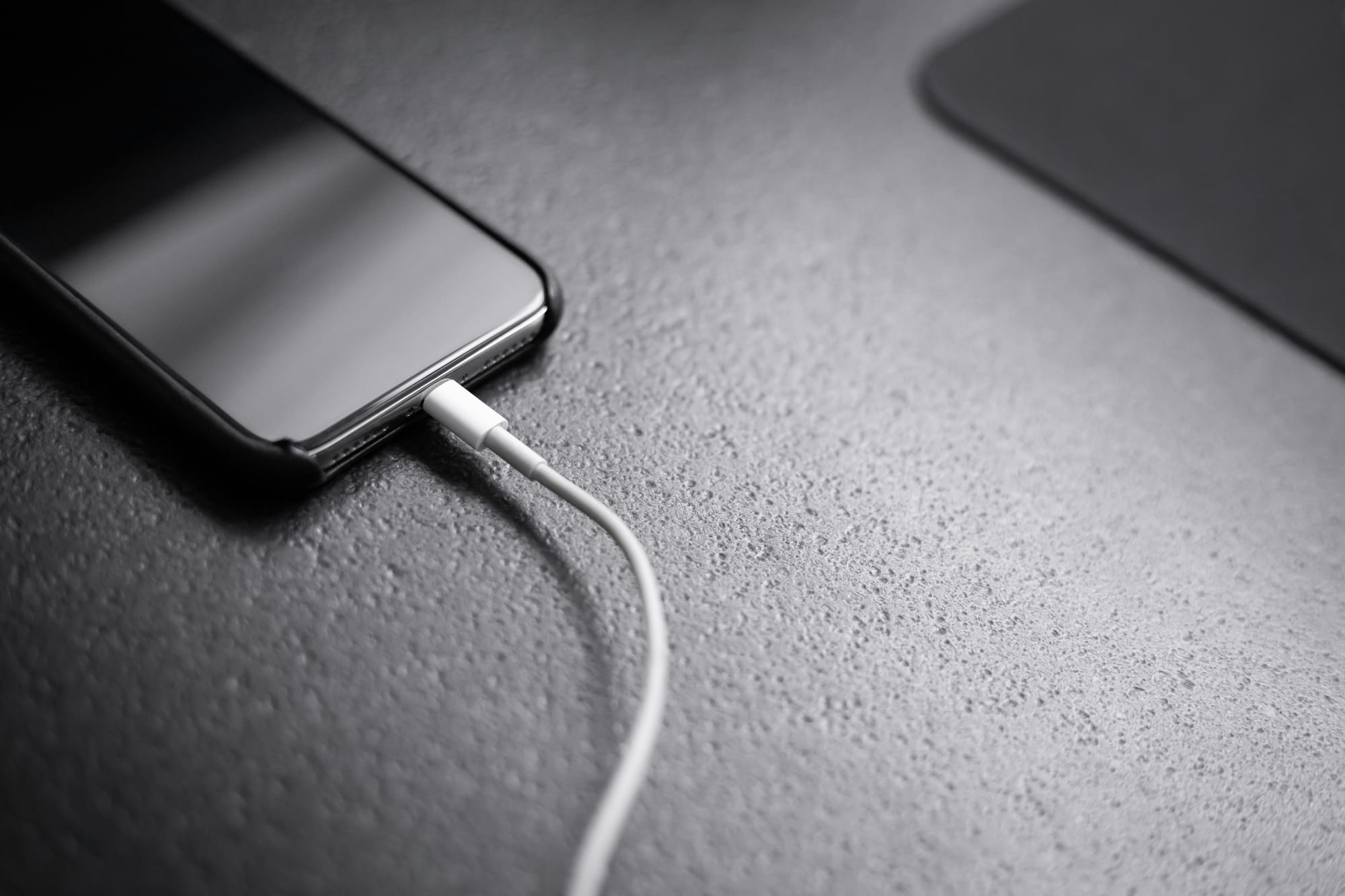
Technology can help bridge the gap between official emergency warning or response systems and the lived reality of being on the ground. Still, it’s only part of a community response to a disaster, and it’s not a substitute for planning ahead, packing a go-bag, and staying connected with your community.
Additionally, tech platforms and tools can be dangerous if not approached properly. On social media, for example, misinformation can spread very quickly, potentially misleading you or putting you into an unsafe situation.
With that in mind, here are a few tips to using technology effectively.
- Rely on Official Apps: Take everything you see on social media with a massive pile of salt. If making critical decisions, use only information from verified and vetted sources like local, state, or federal disaster response agencies. Try to cross-check information before acting on it.
- Aim for Local First: Apps from national organizations like FEMA and the Red Cross are helpful, but it’s tough to beat your local county’s or city’s emergency alert system.
- Bridge the Digital Divide: Technology is only useful if you can use it, but many communities live on the margins without reliable Internet access. If you know of people in your neighborhood that don’t have fast or stable Internet, try to share information and resources with them.
- Pack a Power Source: Phone batteries can die pretty quickly, especially if you’re using resource-intensive apps or the battery itself is aging. We recommend packing a portable power source — like a battery or solar panel — to help your phone stay charged on-the-go.
- Don’t Neglect the Old School: While apps and social media can be quicker than a newspaper, don’t discount old-school methods. Community word-of-mouth, on-the-ground reporting by TV news, and radio broadcasts are still tried-and-true ways of staying informed during a disaster.
Tech is Useful – If Used Right
Technology alone can’t stave off or mitigate the effects of a wildfire or an earthquake, but it can help us move faster, stay safer, and better look out for one another. This is especially true if the app is built on principles combining innovation with compassion.
These types of tools are at their best when they’re an echo of the same impulse that has always kept communities strong: communication, cooperation, and care. Using technology with intention, and with an eye toward community, can help keep you and your neighbors safer.
Disclaimer: The content shared in our blog is for informational purposes only and should not be considered legal, medical, or financial advice. Please consult with a qualified professional for guidance specific to your situation.
